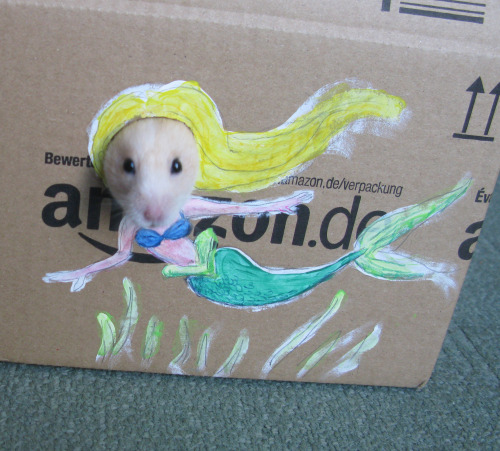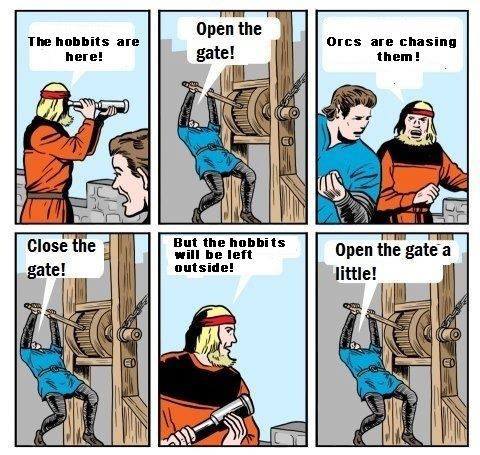At first glance, no big deal. Looking more carefully though, there are some odd things about this (and if memory serves, a number of others nearby) boulder. First, this is sitting
on top of an enormous pile of pumice (we're still at the Pumice Desert here). There's no way I can conceive of this rolling into place by some mass-wasting event. The only way I can see it getting to its current location (short of being put here by people, which seems unlikely) is being lobbed during the late stages of the Mazama eruption. We're a number of miles from the caldera here, and the boulder, while vesicular, is not pumice- this would have had to have been a heck of a blast.
The second oddity is the compositional banding. You can see some darker, apparently more mafic, bands between lighter, apparently more felsic, bands. The catastrophic Mazma eruption is thought to be the result of a basaltic addition at the bottom of a mostly felsic magma chamber. Is this boulder a result of the following mixing and overturn event? I can't say with any degree of confidence. I guess the way to put it is that it seems to me to be a reasonable speculation, but I have a lot of difficulty coming up with a mechanism that would put this boulder on top of pumice eruptions, from lower in the magma chamber, onto a plain roughly five miles from the caldera's edge. Lens cap is 52 mm in diameter.
Photo unmodified. August 18, 2011.
FlashEarth location.












































